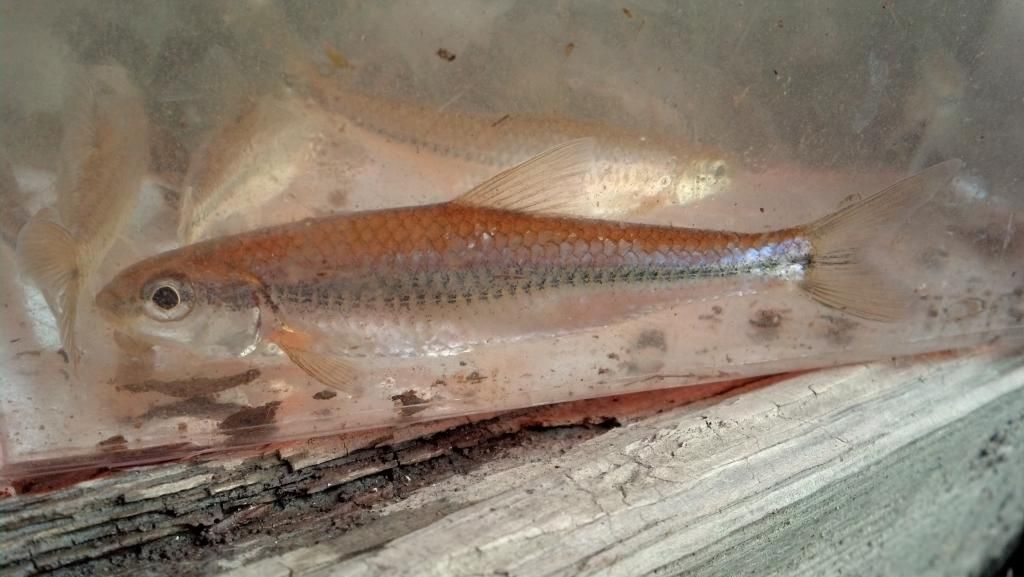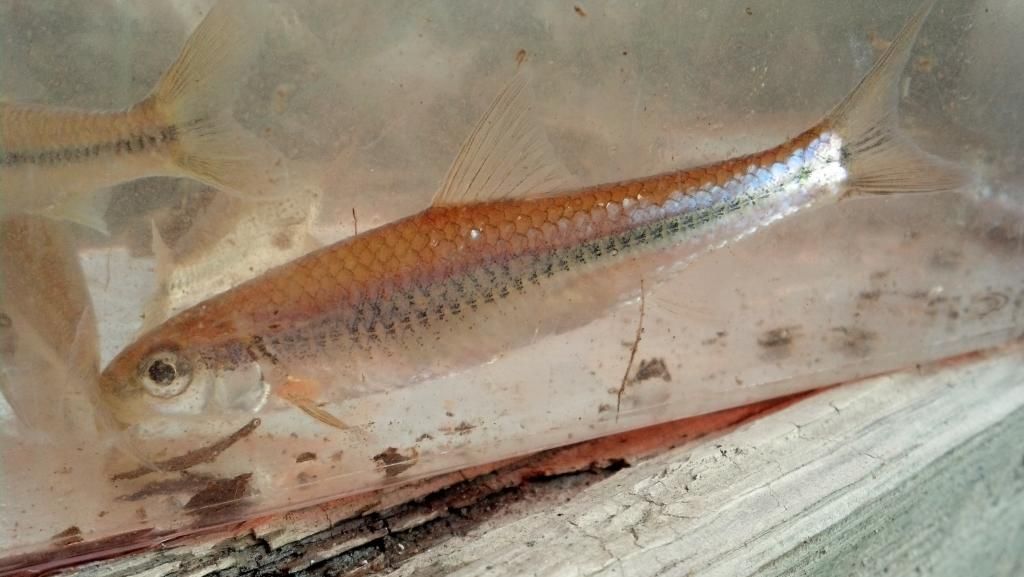


Edited by davidjh2, 20 November 2012 - 08:25 PM.
Posted 20 November 2012 - 08:14 PM



Edited by davidjh2, 20 November 2012 - 08:25 PM.
Posted 21 November 2012 - 08:30 AM
Posted 21 November 2012 - 09:36 AM
Posted 21 November 2012 - 09:51 AM
Posted 21 November 2012 - 11:01 AM
Posted 21 November 2012 - 11:29 AM
Posted 21 November 2012 - 11:48 AM
Posted 22 November 2012 - 12:24 PM
Posted 23 November 2012 - 09:08 AM
Thanks Gerald, that helps a lot and they were all 3" or larger too. I caught 6 total in leaf litter along the water's edge so I now where they are. I'll go and get a few for my 75 gallon at lunchtime. I'm really hoping to get lucky and get a Tesselated Darter or 2 for my 10 gallon but I don't recall those being too common in leaf litter like the shiners are when it gets cold.
Posted 23 November 2012 - 03:10 PM
Edited by davidjh2, 23 November 2012 - 03:10 PM.
Posted 26 November 2012 - 07:53 PM
Posted 27 November 2012 - 12:54 PM
Posted 27 November 2012 - 04:08 PM
Do not release a Red Eared Slider in NJ, even if it was originally caught there! Invasive species!I'm not too happy about the red eared slider being in my 75 gallon but since he is my wife's turtle I can't release him back to the wild like i would have liked to during the summer. He is very cute and but also way too aggressive, I moved him out of my 30 gallon high tank because he was eating my young crayfish. My map turtle on the other hand is not aggressive at all and has never gone after any of my fish or crayfish. Hopefully this spring I'll be able to release the red ear.
Posted 28 November 2012 - 05:02 PM
Michael -- One way you can tell it's not a common shiner is because the scales between the back of head and front of dorsal fin are only about 1.5 to 2.0 x taller than wide. In Luxilus those scales would be about 3x taller than wide.
Edited by gerald, 28 November 2012 - 05:04 PM.
0 members, 1 guests, 0 anonymous users